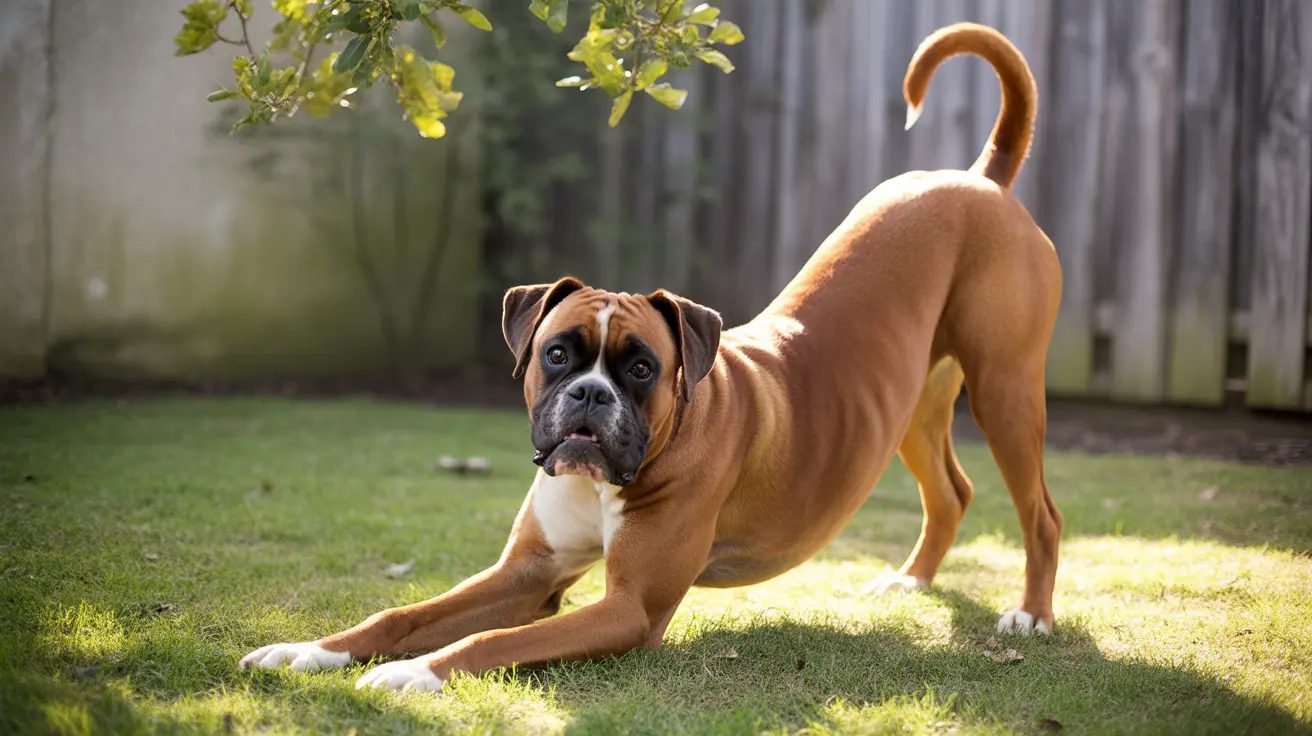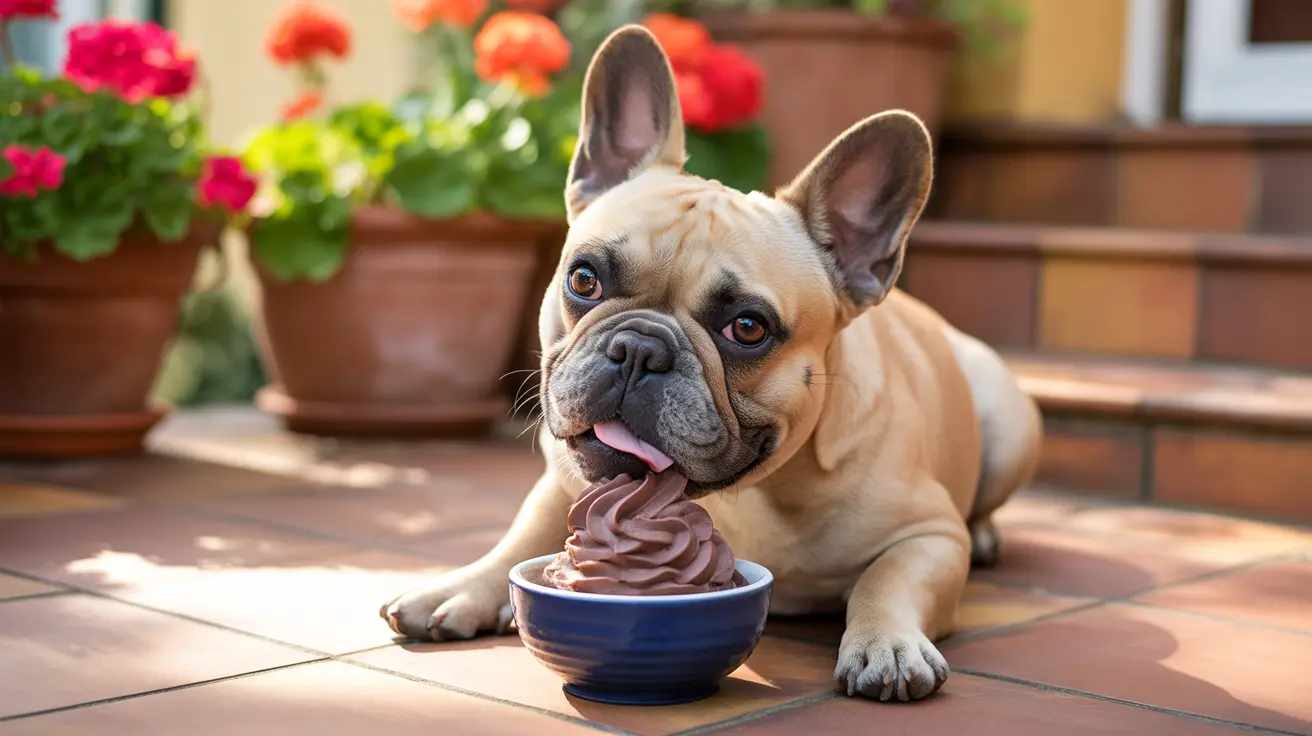Understanding Canine Affection: How Dogs Show Love
Dogs have shared their lives with humans for thousands of years, evolving not only to survive alongside us but also to communicate and bond deeply. Canine affection encompasses a wide range of behaviors that dogs use to express love, trust, and attachment. These gestures are more than just cute quirks—they're the product of coevolution and scientific processes that bind people and their canine companions.
The Many Faces of Canine Affection
Dogs don't speak our language, but they have their own rich vocabulary when it comes to showing affection. Some signs are obvious; others are subtle but just as meaningful.
- Licking: From puppyhood, licking is a core social behavior. It starts as a way to bond with their mother and continues as an affectionate gesture toward humans. Licking can even release endorphins for both dog and person.
- Leaning: When a dog leans its full weight against you, it's offering a canine version of a hug. This act signals deep trust and comfort in your presence.
- Bringing Toys or Bones: If your dog drops a toy at your feet or brings you a bone, consider it an honor. They're sharing prized possessions because they value you as part of their pack.
- Nose Nudges: A gentle nudge is often a request for attention or an invitation to interact—another sign of wanting closeness.
The Science Behind the Bond
The connection between dogs and humans isn't just anecdotal; it's measurable in the lab. Studies have shown that when dogs gaze into their owner's eyes, both experience a surge in oxytocin—the same hormone that bonds parents with children. Dogs have even evolved special facial muscles for making expressive faces (think "puppy dog eyes"), which help them communicate more effectively with people.
- Sighs and Soft Vocalizations: Contented sighs or gentle groans usually mean your dog feels safe and happy by your side.
- Eye Contact: Prolonged eye contact is one of the strongest signals of trust between dogs and people. It's not just about looking; it's about connecting emotionally.
Puppy Dog Eyes: More Than Just a Look
Dogs have developed unique muscles around their eyes that wolves lack. These allow for those heart-melting expressions that tug at human emotions—an evolutionary adaptation specifically for communicating with us.
Packing Up: Sleeping Near You
If your dog chooses to sleep in your room or on your bed, they're expressing both protection and affection. Dogs are social animals who see their humans as part of their pack—being close at night is comforting for them.
- Belly Up: Rolling onto their back exposes their belly—a vulnerable spot—and signals total trust along with an invitation for affection.
Tails That Tell Stories
A dog's tail speaks volumes. A relaxed or circular wag usually means excitement or happiness at seeing you. While not every tail wag is positive (context matters), most loose wags signal joy.
- Cuddling: Snuggling up releases oxytocin in both dog and owner, deepening the emotional connection.
Other Signs Your Dog Loves You
- Following you from room to room—demonstrates attachment and curiosity about your activities.
- Jumping or energetic greetings when you return home—pure joy at your presence.
- Nudging or pawing—requests for interaction or reassurance.
The Emotional Intelligence of Dogs
Your dog may bring comfort when you're upset by sitting close or offering a favorite toy—a form of empathy that's been observed across many breeds. Some dogs even show jealousy if you pay attention to others, highlighting how much they value your bond.
- Stealing items with your scent (like shoes or socks) is another quirky way dogs seek comfort through association with you.
Cognitive Connections: Recognizing Names
A dog's ability to recognize the names of family members—including other pets—shows cognitive awareness and eagerness to connect with those they love most.
The Role of Training in Affection
The timing of affection matters in training contexts. Rewarding good behavior reinforces positive habits; however, giving attention after demanding behavior can unintentionally reinforce less desirable actions. Understanding this balance helps maintain harmony without diminishing genuine displays of love.
Busting Myths About Dominance
The old idea that all canine affection stems from dominance has been debunked by modern science. Domestic dogs differ significantly from wolves in social structure; most simply crave companionship over control within the household dynamic.
A Spectrum as Unique as Each Dog
No two dogs are exactly alike when it comes to showing affection. Some adore being petted constantly; others prefer less physical contact but still demonstrate loyalty through proximity or attentive gazes. Learning your own dog's preferences ensures that every interaction strengthens your bond instead of causing stress or discomfort.





